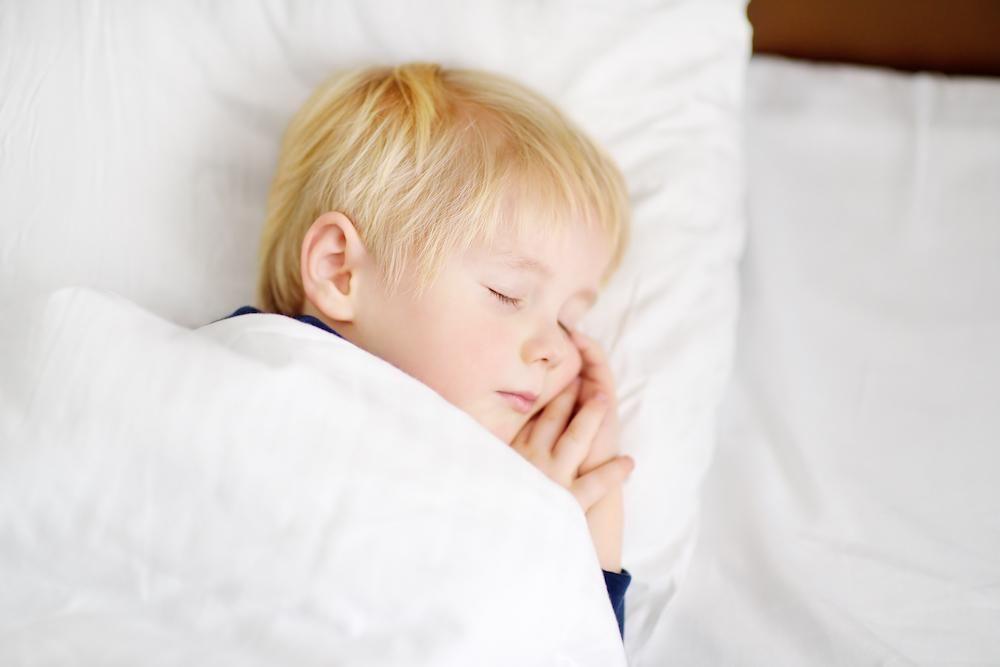TODDLER
Everything Parents Need to Know About Toddler Sleepwalking
Thankfully, it’s rare for sleepwalkers to fall and get hurt.

Written by
Dr. Harvey Karp

SHARE THIS ARTICLE
PARENT PICKS
Bestsellers
TODDLER

Written by
Dr. Harvey Karp

SHARE THIS ARTICLE
Bestsellers
Toddler sleep-talking and sleepwalking can throw you for a loop if you are not expecting them.
In sleep talking, children calmly sit up in bed—eyes open, but glassy—and start speaking in short, incoherent phrases. Your child may stop if you call her, turn to you and mumble some gibberish (some older kids actually say clear phrases like ‘No, no, go away!’), but will not look you in the eyes. In fact, she will seem to be looking right through you!
While many parents take sleep talking in stride, sleepwalking can be a bit worrisome. There your child is, moving around the room—eyes open—as if looking for something, searching in a closet or toy box…or walking into the hall…even trying to get out of the house!...yet totally in ‘la-la’ land.
Sleepwalking occurs in up to 20% of children and can begin as early as the toddler years (although it is most common between 8 and 12 years of age). It may go on for months or years.
Common toddler sleepwalking symptoms include:
Toddler sleepwalking episodes typically last 5 to 15 minutes and occur during the first couple of hours of sleep. Sleepwalkers are very hard to wake up and usually just return to bed for a deep, peaceful sleep or end up waking up confused with no recollection of the episode. Thankfully, it is rare for toddler sleepwalkers to fall and get hurt. Nevertheless, parents have occasionally found their kids on the front lawn trying to get out the gate…eyes open, but totally asleep! So, you will want to latch the doors and windows and use a gate or a slippery door knob cover so your sweetie cannot easily get out—or at least put a bell on her door.
If you catch your toddler sleepwalking, calmly steer her back to bed, speaking very little and in a soft voice. Singing often seems to soothe these little zombies more than talking—so when the parasomnia occurs, make your white noise a little louder and sing a familiar lullaby over and over to get her back into bed.
These episodes are hard to stop, but here are a few tricks that might help you reduce them a little:
Disclaimer: The information on our site is NOT medical advice for any specific person or condition. It is only meant as general information. If you have any medical questions and concerns about your child or yourself, please contact your health provider. Breastmilk is the best source of nutrition for babies. It is important that, in preparation for and during breastfeeding, mothers eat a healthy, balanced diet. Combined breast- and bottle-feeding in the first weeks of life may reduce the supply of a mother's breastmilk and reversing the decision not to breastfeed is difficult. If you do decide to use infant formula, you should follow instructions carefully.